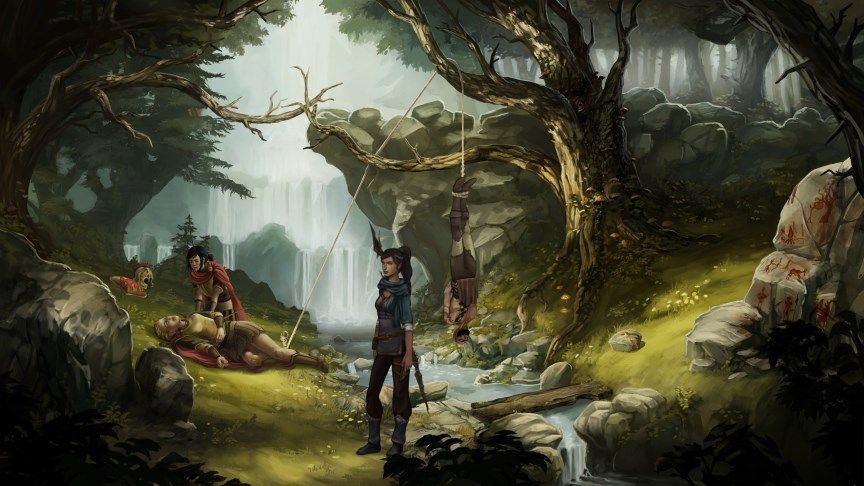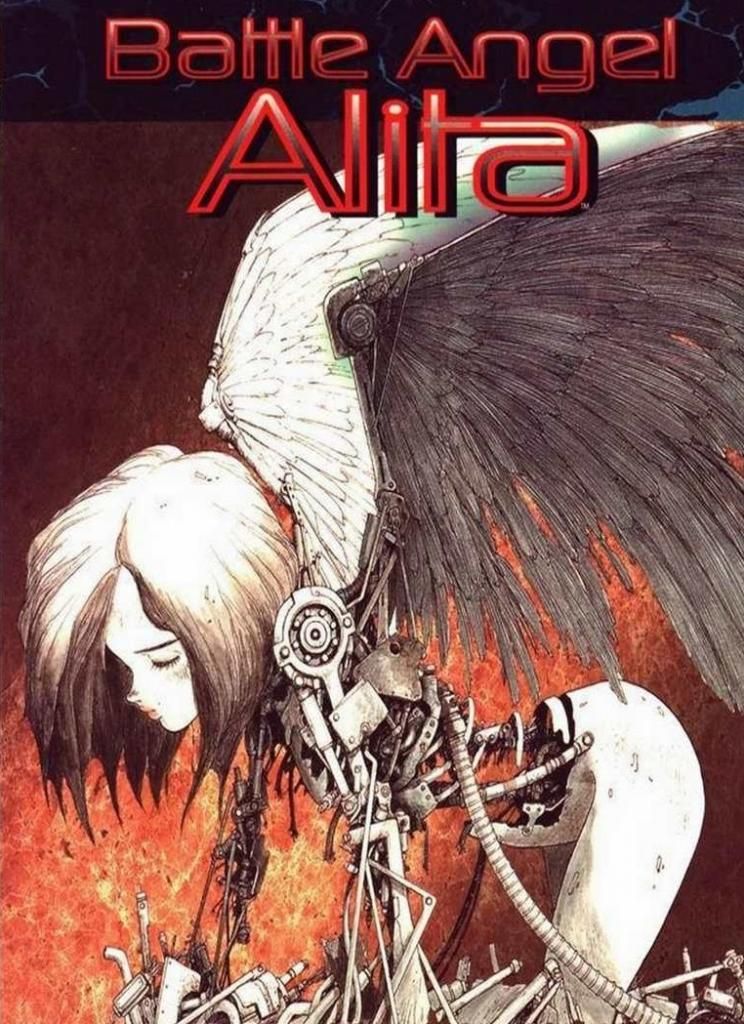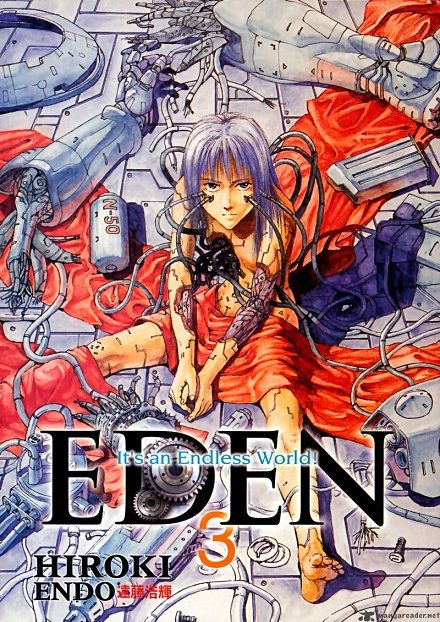I’m reading 10 Billion Days and 100 Billion Nights, a classic of Japanese science fiction by Ryu Mitsuse. It’s excellent. It’s one of those books that have so many big ideas, and happily it’s also one of those books that manages to do justice by those ideas.
Briefly, it’s about the universe, from the formation of the solar system to the heat death at the end of existence. In between, humans search for the cause of suffering and the solution to it. Humans like Plato, like the Buddha, like Jesus. They journey together and fight each other to find the righteous path and the better world of our dreams.
When reading this book I sometimes find myself agog at its breadth, its erudition, its cleverness, and its confidence. For example, when he is introduced, it’s revealed that Plato’s obsession with Atlantis is not some metaphor for the ideal state but a literal quest for antediluvian demigods. On the way he ends up debating philosophy with either a time traveller or an alien. This sounds very hokey in a postmodern reflexively ironic “pirates versus ninjas” mishmash, but somehow it’s earnestly un-ridiculous in context.
The book does presuppose a familiarity with the original texts it’s riffing on. You don’t need a degree in comparative theology, but knowing what Buddhist cosmological writings sound like helps in appreciating how deliciously inventive Buddha’s conversation with Brahma is, for instance. And having an ear for techno-babble does help, as well as some basic astronomy, though I understand the science in the book is out of date by now – not unexpected, for science has marched on since the book’s publication in the 60s.
Anyway, read it. I’m seriously enjoying this book. In a word, it’s mind-blowing.


